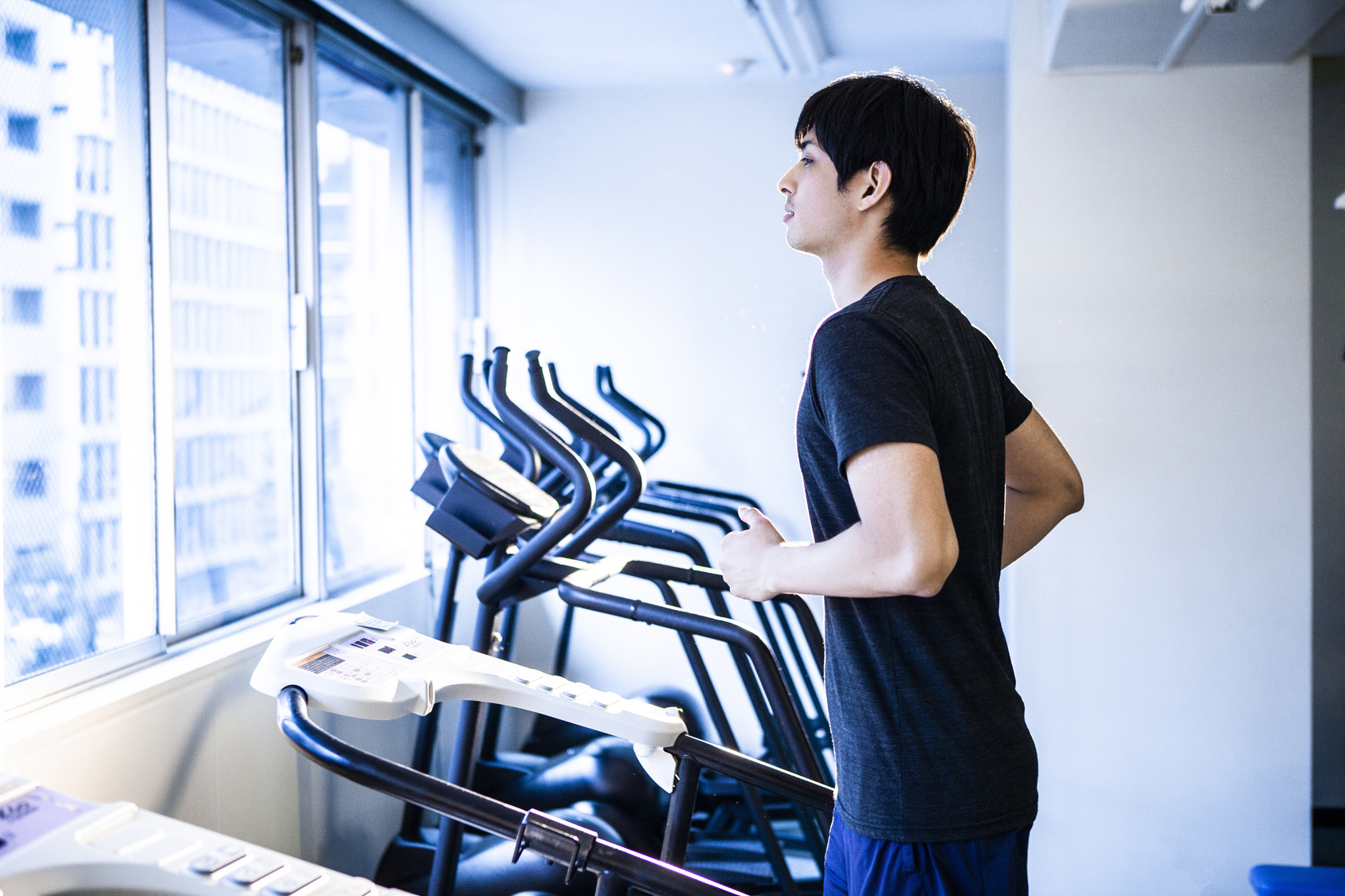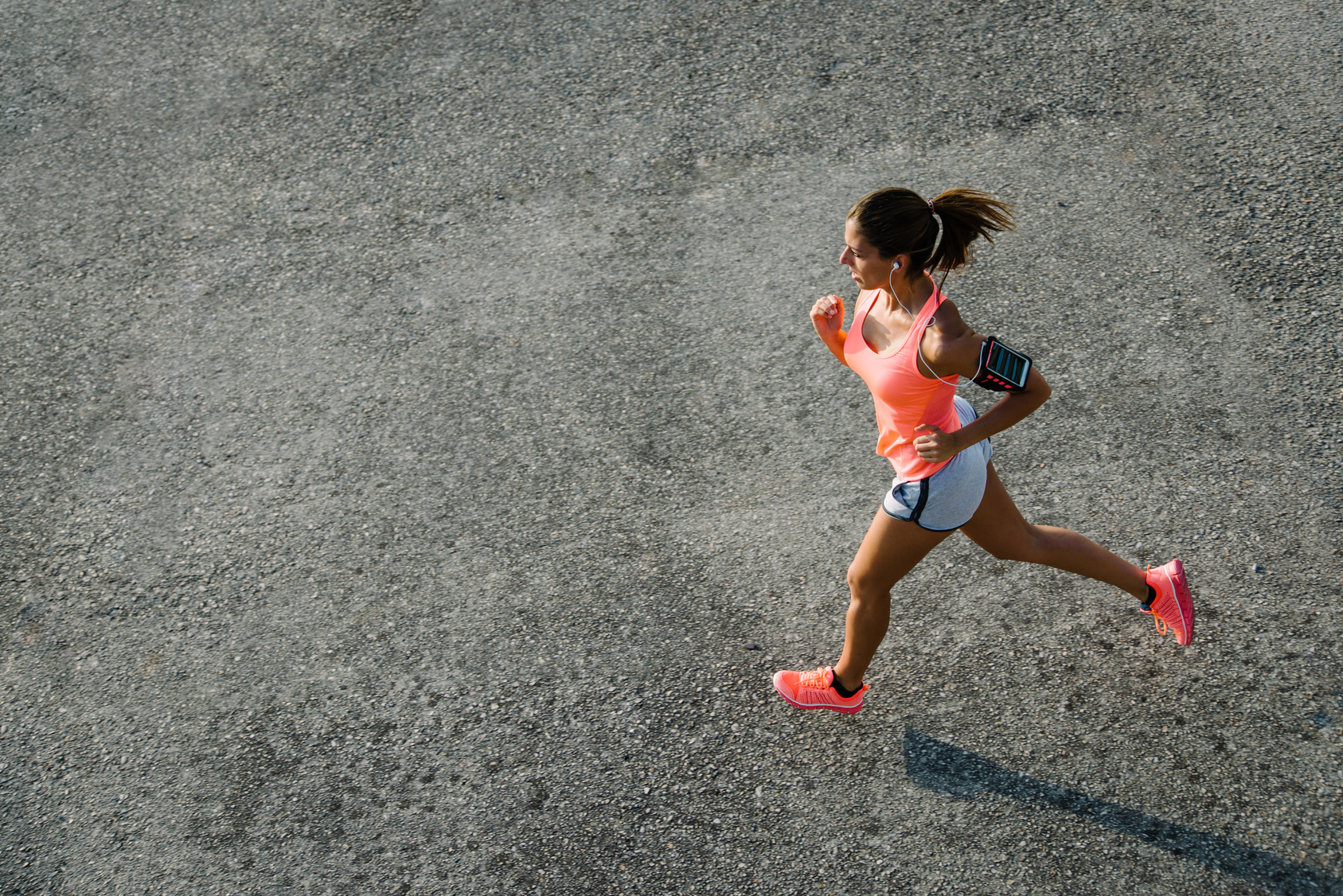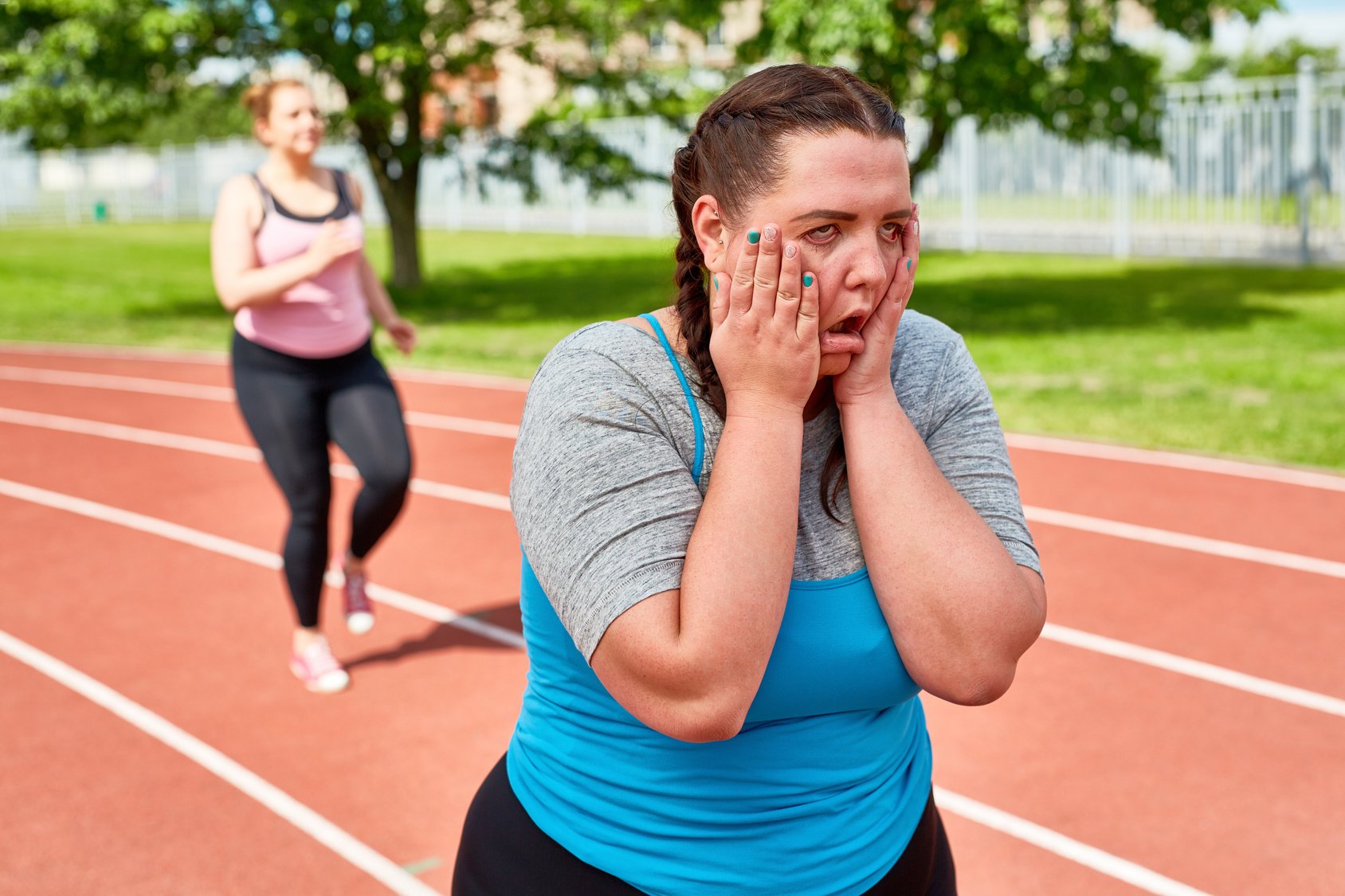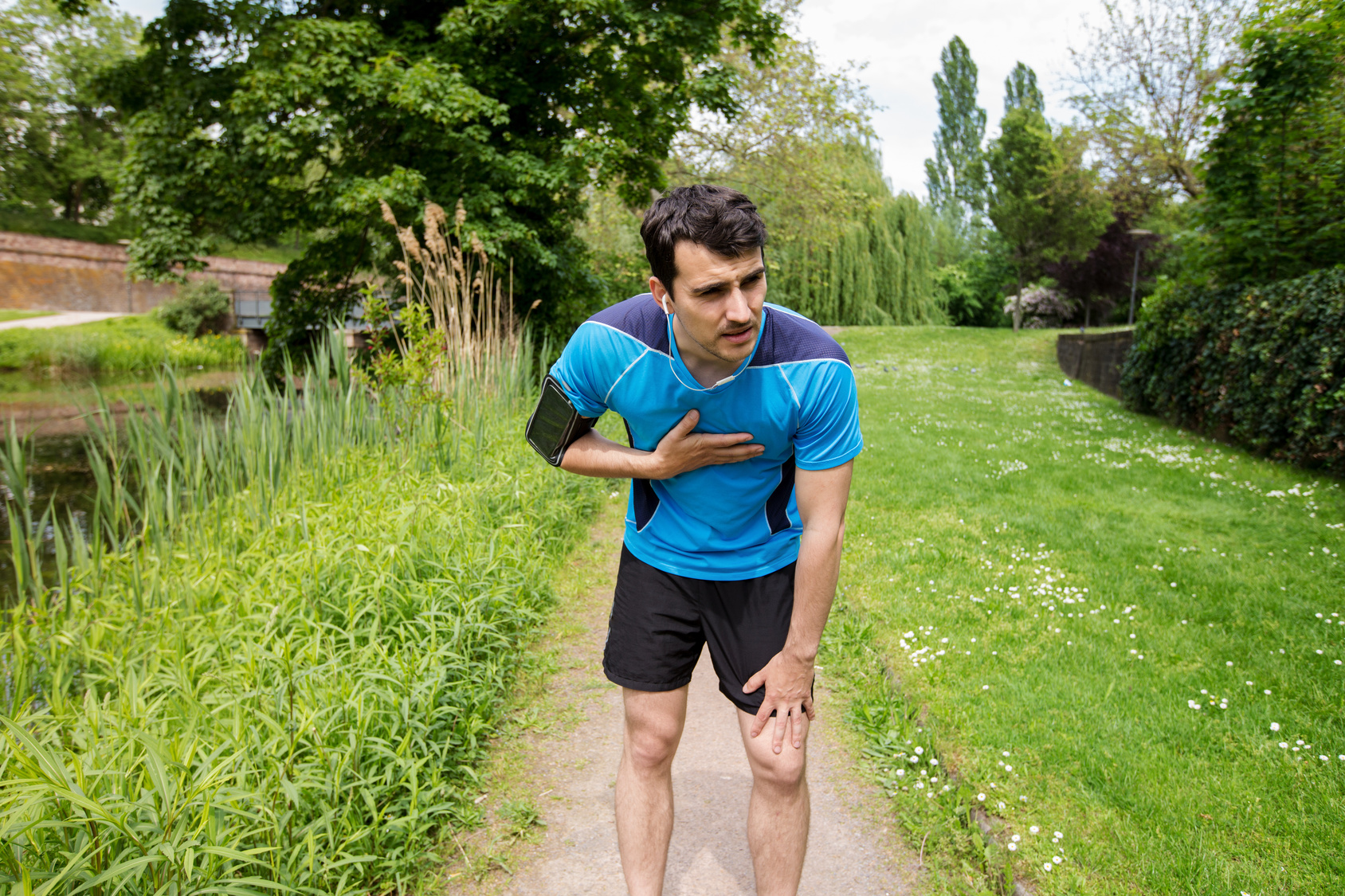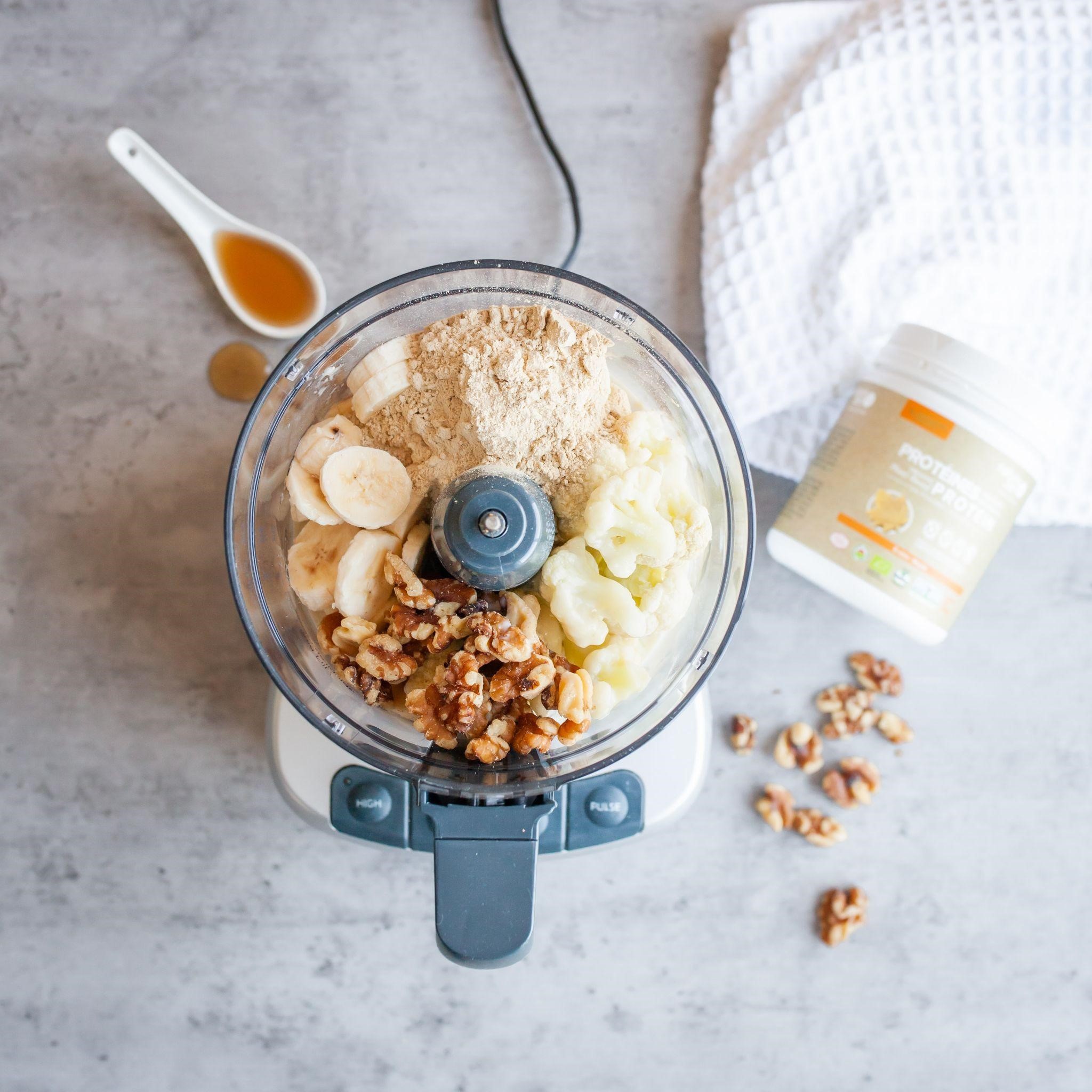Would you like to learn how to swiftly manage and stop heel pain from running?
Then you’ve come to the right place.
Heel pain is one of the most common complaints among runners of different fitness levels and backgrounds. These injuries are usually the result of overuse, especially when a sudden change in load level or a biomechanical overload occurs.
Heel pain from running can be annoying, nagging, and troublesome thanks to the complex structure of muscles, tendons, ligaments, and nerves surrounding the area.
This is especially true if you don’t know what’s causing it.
What’s more?
Running through heel pain can lead to further damage and injury, so it’s key to recognize and determine the underlying causes of the aping before resuming training.
In this article, I’ll break down the most likely causes of heel pain from running and provide some treatment and prevention tips for fixing it.
That’s where today’s post comes in handy.
- What is heel pain from running
- What causes heel pain after running
- How to treat heel pain in runners
- How to prevent heel pain from running
- And so much more.
By the end of this post, we will understand what heel pain in runners is all about and what to do when treating and preventing it.
What is Heel Pain in Runners
If you’re suffering from heel pain while running, know that there are many measures you can take soothe what’s ailing you.
All runners are prone to heel pain, but some elements make you more likely to experience heel pain after running. Heel pain from running can manifest as a sharp pain in the back of the heel or within the arch of the foot.
Overall, most cases of heel pain in runners are blamed for plantar fasciitis, but their also other conditions that could cause said pain which I’ll look at below.
The Anatomy
Running takes a toll on your feet, especially your heels, as they are a huge burnt of that force.
Time for anatomy 101.
Here’s the truth.
The human foot is incredibly complex and houses around 25 percent of the bones in the body. In addition, it contains over 30 joints and 100s of ligaments, tendons, and muscles.
The heel bone originates in the Achilles tendon, which attaches your calf to your heel. The anatomy of your fete determines the arches of the feet.
The foot also has three large bones—navicular, cuboid, and cuneiform—found at the balls of the feet.
As you can tell, the toes are also a key anatomical feature of the feet. The toes are made of metatarsals and phalanges. Your muscles, tendons, and ligaments connect these bones to support your body and optimize movement.
As one unit, the arch of the foot and the heel distributes the stresses place dup your foot while walking, run, jump, etc.
Why Does My Heel Hurt When I Run?
There are more than a few reasons your heel might hurt during or after running. You may suffer heel pain if you overuse or damage these structures. It can range from minor pain to a debilitating injury.
The stress placed upon your foot while logging the miles is around 3 to 5 times your body weight. This impact, over the miles, can damage one (or many of) the structure(s) of the foot and lead to pain.
Some cases of heel pain can be so severe that home treatment won’t ease your pain; therefore, you’ll need a doctor to diagnose your case and prescribe treatment options.
Can You Run With Heel Pain?
The answer is it depends. In cases where you don’t have serious pain, nor does running make it worse, you can continue to run.
It’s usually not a good idea to run with severe heel pain. Pushing through can aggravate your symptoms and result in additional injury. In addition, heel pain can become a nagging issue if you’re carless early on.
If you still want to stay active, cross-train by doing low-impact exercises like strength training and swimming.
Once your pain has faded, you can slowly resume your training—as long as you do it slowly and incrementally.
Begin with shorter distances and slowly increase your mileage/intensity over time. This will grant your body enough time to adapt and limit re-injury risk, which is key for optimal training and health.
Causes of Heel Pain From Running
Heel pain from running can be blamed on a few conditions, such as muscular or structural imbalances, plantar fasciitis, improper gait pattern, or even ill-fitting footwear. So yes, you must consider all of this for a thorough diagnosis.
To get an accurate diagnosis, I’d recommend consulting a doctor. They can perform an exhaustive examination to determine the exact cause of your running-induced heel pain. They’ll go through your running experience and history, injury history, range of motion in your lower limbs, running gait analysis, and imaging techniques, such as ultrasound or X-ray imaging.
It’s often the case that a few variables combine to cause discomfort, pain, and other symptoms. For example, you might be more prone to heel pain from running if you’re overweight or have an injury history that impacts your movement and alignment patterns.
Let’s briefly discuss a few of the causes and injuries can affect your heel and cause pain
Plantar Fasciitis
The plantar fascia is a thick and flat band of tissue that stretches along the base of the foot, connecting the heel bone to the toes.
Inflammation of this band of connective tissues on the bottom of the foot is what’s known as plantar fasciitis.
By far, the most common cause of heel pain in runners. This injury is so common in running that it is often referred to as “runner’s heel.”
Achilles Tendonitis
Another common overuse injury that causes heel pain in runners is Achilles Tendonitis.
The Achilles tendon is a fibrous cord that connects the back of the calf muscles to the heel bone.
When dealing with Achilles Tendonitis, this fibrous cord gets damaged and inflamed, especially where the tendon connects to the back of the heel.
Heel Spurs
Heel spurs refer to abnormal bony enlargement that develops around the heel bone where the tendon joins it.
Also known as osteophytes or calcaneal spurs, a heel spur is a bony outgrowth of the heel bone. Although rarely painful, heel spurs can result in some discomfort roughly 5 percent of the time.
This causes damage to the tendon and results in pain when rubbing against shoes.
Occasionally, heel spurs are caused by excessive strain on the foot muscles and ligaments from walking, running, and jumping. In addition, wearing ill-fitted shoes can also lead to heel spurs.
The hallmark of a heel spur is heel swelling and pain at the front of the heel.
Though the condition may not cause pain by itself, it can result in inflammation of the surrounding tissues, causing pain.
Remember that heel spurs have symptoms similar to plantar fasciitis, so they’re often misdiagnosed.
Bursitis
If you feel pain in the center or the back of your heel where the the Achilles tendon inserts into the heel bone, you might be dealing with bursitis.
Bursitis, as the name implies, is an inflammation of the bursae, fluid-filled sacs between your heel bone and Achilles tendon. The bursa protect your bones form sliding or rubbing against muscles, tendons, or skin. They typically act as a lubricant and cushion between your muscles or tendons sliding over the bone.
This condition can impact your ability to move your ankle or foot. The pain is often worse in the center of the back of the heel at the insertion point of the Achilles tendon into the heel.
The overuse of the bursa can cause inflammation, which usually cause shooting or sharp pain, redness or swelling in the affected area.
Heel Fat Pad Syndrome
The heel fat pad is found on the underside of the heel bone, which functions as a cushion for the calcaneus. Excessive pressure on this fat pad while running can result in swelling and pain in the heel. This causes a “thinning” of the fat pad on the heel, leading to heel fat pad syndrome.
You’ll experience most of the pain in the central aspect of the plantar surface of the heel bone. A serious heel fat pad can make walking, running, or performing any weight-bearing movement extremely painful. This condition is also called heel fat pad atrophy or plantar fat pad syndrome.
Structural Problems
Anatomical deficiencies in the foot, especially when combined with improper footwear, bad technique, or overuse, can cause heel pain during and/or after running.
These imbalances can cause—or contribute—to muscle imbalances that strain one or more tendons, leading to irritation and pain over the long run.
For example, if you have high arches, most of the running’s impact might be on the top of the arch.
This can cause excess strain on the plantar fascia.
Additional Resource – Here’s your guide to Anterior Tibial Tendonitis
Other Causes of Heel Pain In Runners
As far as I can tell, runners’ most common heel pain causes are Plantar fasciitis and Achilles Tendinitis.
Here are more factors that contribute to the onset of heel pain:
- Being overweight or obese
- Poor gait mechanics
- Tight calf muscles that limit the proper range of motion in the ankle joint
- Stress fractures
- Nerve irritation
- Arthritis
Additional resource – Common cause of lower leg pain while running
Heel Pain Risk Factors in Runners
You’re prone to running-induced heel pain if you:
- Have super tight calves
- Run on a hard surface
- Running in ill-fitting or worn-out shoes
- Increase your training load too fast
- Are obese
- Have high arches or flat feet
How To Treat Heel Pain From Running
Home treatment works best if you address the symptoms early, so start managing your pain as soon as you feel ankle pain during or after running.
Here are the steps you need to take to reduce pain, stress, and inflammation.
Stop Running
Your first step should be to stop training and give the affected limb enough rest.
As a rule, rest from running and other weight-bearing movements that cause pain.
Resume training only when your symptoms fade.
To soothe pain and improve your flexibility, perform gentle foot stretches three times daily for at least five minutes each session.
You can turn a temporary annoyance into a chronic condition by skipping rest. Conversely, scaling back on training or stopping altogether can help soothe your pain, inflammation, and stress.

Ice Therapy
Cold therapy is a convenient and easy way to relieve heel pain by limiting inflammation in the affected area.
Easy.
Put a sports water bottle in the freezer, then roll your arch over it for 15 to 20 minutes every morning.
Try Out Inserts
If shelling money on a new pair of shoes isn’t within reach, try protecting your feet from additional damage by wearing a set of orthotic inserts.
Also known as insoles or orthotics, inserts can provide extra support and cushion to help soothe your pain and prevent further damage.
Insoles fit inside your running shoes and function as a shock absorber between the base of the feet and the shoe’s base. These inserts may help improve your stability, correct muscle imbalances, and prevent your foot from moving excessively or incorrectly.
You can get over-the-counter (OTC) inserts or have them specifically made for you.
It all depends on your needs and your budget.
Night Splints
If plantar fasciitis is the cause of your heel pain from running. Then try a night splint. This should help keep the foot flexed, which stops the plantar fascia from shortening (the reason for pain on that first step in the morning).
Injections
If pain refuses to fade despite the home treatment, an injection into the bottom of your foot can help to soothe inflammation and pain.
What’s more?
Research has suggested that Botox injection for heel pain, for example, plantar fasciitis, might be even more effective than corticosteroid injections but consult your doctor first about your options.
Additional resource – Knee brace for runners
Always Have Your Shoes On
Avoid going barefoot to prevent further irritation and stress to your heel, especially when recovering from heel pain.
Most experts recommend wearing cushioning footwear for up to 6 weeks.
This is how long it can take for soft tissue injuries to heal.
Have Some Drugs
In cases of stubborn pain, consider taking nonsteroidal anti-inflammatory drugs (NSAIDs), such as naproxen and ibuprofen.
Feel free to experiment with natural pain relievers such as turmeric, cloves, and fish oil supplements.
Additional Resource – Your guide to runners itch
Try Shock Wave Therapy
If your heel pain refuses to fade, I urge you to consult a doctor about trying shock wave therapy.
This non-invasive procedure involves a probe that emits a burst of high-energy sound waves into the affected tissues. This tells the brain to start repairing the affected tissues. This, in turn, can sooth pain almost immediately.
Again don’t take my word for it.
This research has found that a single session of shock wave therapy helped with plantar fasciitis treatment and has helped with soothing pain over the long term.
Stretching
Your doctor or podiatrist will prescribe the most appropriate stretches for you to perform as a part of your treatment plan.
You can stretch your calf a few times throughout the day.
I’d recommend using a towel or belt to stretch your calf muscles. Do this first thing in the morning before you get out of bed for 45 to 60 seconds.
Standing Calf Stretch
https://www.youtube.com/watch?v=HSxnv6s-dAo
Rolling Stretch
Foot Flexes
Marble Pickups
Just be careful. Aggressive stretching may further irritate or damage injured tissues, so it’s always best to get your doctor’s green light before stretching.
Additional Resource – How To Prevent Ankle Pain For Runners
Stay Active
Consistent physical activity is the ideal natural anti-inflammatory measure you can take, so keep moving even if you find yourself injured.
All in all, choose exercises that cause no to minimum pain in the affected limb.
You’re doing it right as long as it’s a workout routine you love, and it’s not making your symptoms worse.
You have many options, such as pool running, elliptical machines, yoga, cycling, and other low-impact exercises.
It’s really up to you.
Patience is the most important thing to remember when recovering from heel pain.
The rest is just details, as the saying goes.
Additional Resource – Here’s your guide to calf pain while running
When To See a Doctor For Heel Pain
Mild heel pain from running can be treated with home treatments and preventive measures.
Initially, when you have heel pain from running, your first reaction is to wait and see if it improves. But if the pain lingers or worsens, it’s time to consult a doctor.
Most runners may dislike consulting with a physician every time something happens. After all, pain and injury are unavoidable if you run often and hard. However, pain is your body’s way of telling you something is wrong.
Here’s the truth
If your heel pain from runners worsens despite resting and applying home treatment, book an appointment with a doctor.
You might have injured one of the structures within your foot and ankle that need immediate medical attention.
Red flags that it might be time to see a physician include:
- Weakness
- Bruising
- Heel pain even while resting
- Fever
- Inability to wear bear
- Tingling
- Limited range of motion in the affected limb
- Numbness
- Intolerable pain
- Severe swelling
- Heel pain accompanied by numbness or fever
Standard Treatments
To treat your heel pain, your doctor will assess your lower limb and check your medical history. They might also perform X-rays and other imaging modalities. This should help them tell which type of heel pain you suffer.
In some cases, especially if the pain didn’t fade with home treatments, your heel pain might be blamed on underlying medical conditions such as arthritis or diabetes.
Depending on what’s ailing, your doctor may offer different treatment options, including:
- Physical therapy
- Orthopedic shoes
- Athletic wrap
- Injections such as cortisone
- Wound care
- Shockwave therapy
Heel pain from running – The Conclusion
There you have it!
The above tips cover some of the best guidelines for treating and preventing heel pain from running.
Please feel free to leave your comments and questions in the section below.
In the meantime, thank you for dropping by.
Keep Running Strong
David D.

